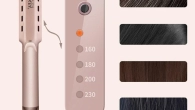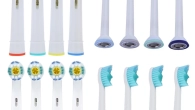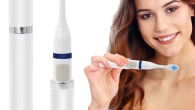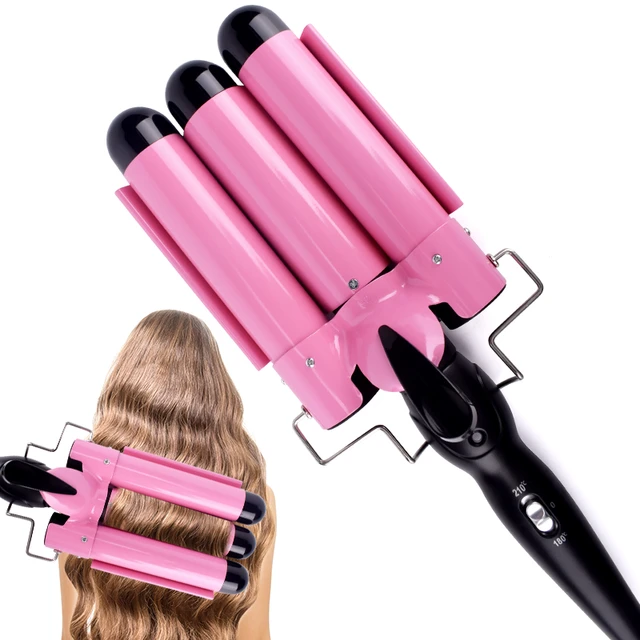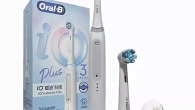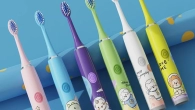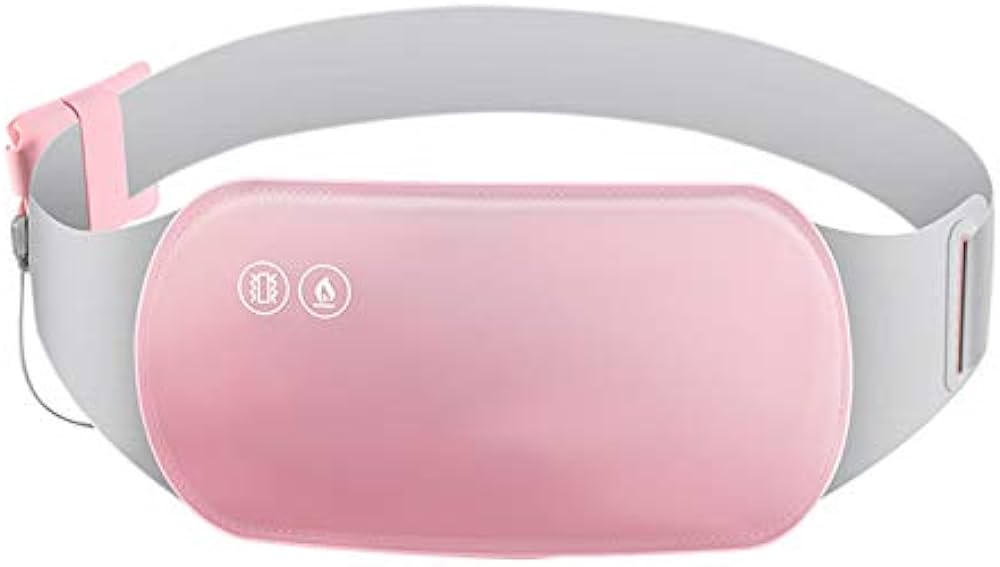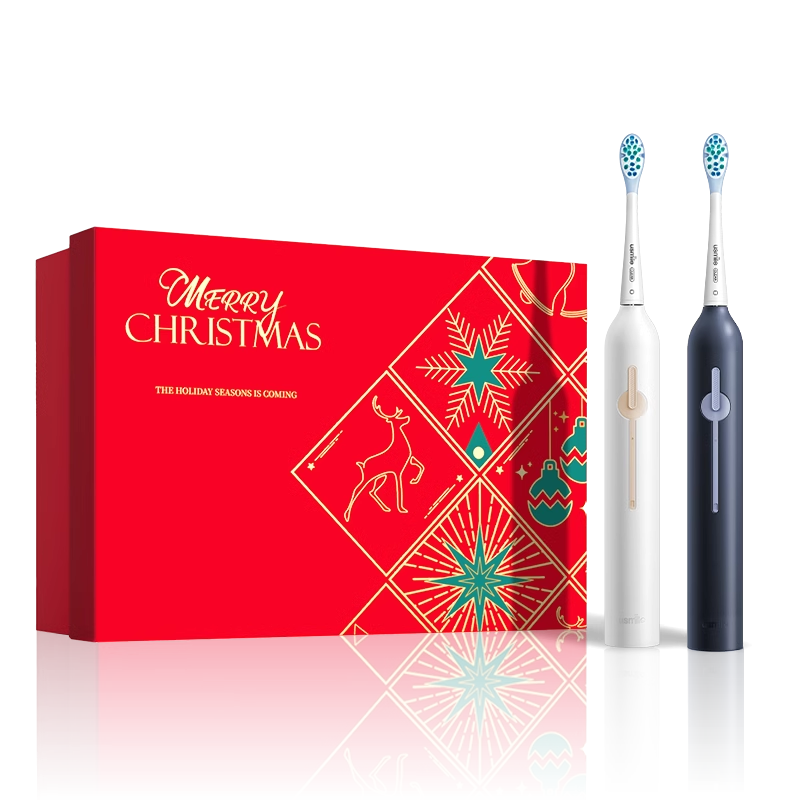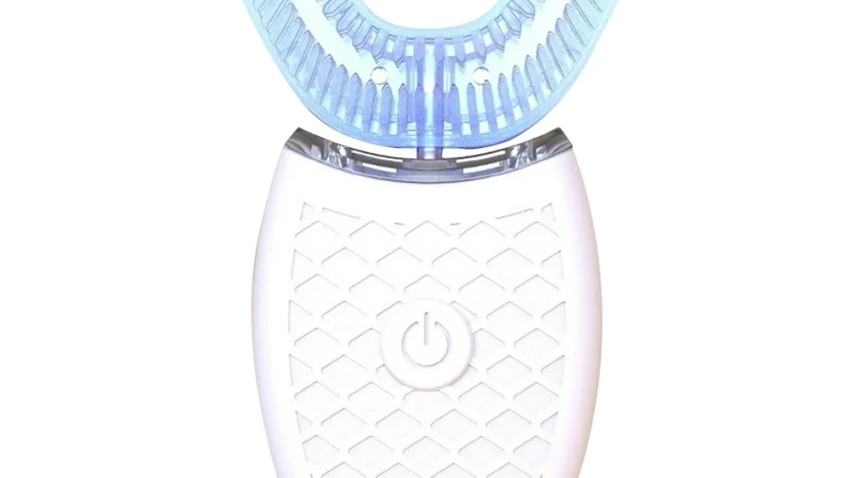
U-Shaped Electric Toothbrush: A Revolution?
Introduction to U-Shaped Electric Toothbrushes
The u-shaped electric toothbrush is a novel dental care tool that has sparked interest and debate. It stands out with its distinctive design, different from traditional toothbrushes. This U-shaped device aims to simplify the brushing process and improve accessibility for various users.
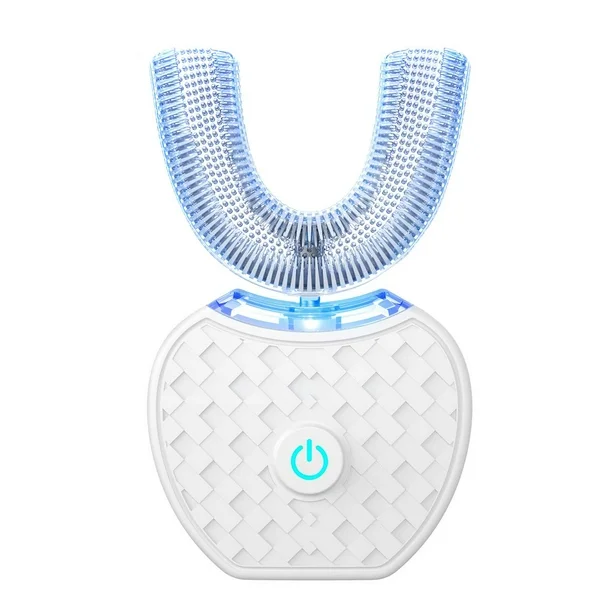
Key Features and Design
U-shaped electric toothbrushes boast a mouthguard-like form that fits around teeth. This design allows for simultaneous cleaning of all teeth surfaces. Packed with numerous nylon bristles, these devices promise to deliver a thorough clean in a fraction of the time. The handle provides vibrations or sonic waves that aid in breaking up plaque and debris.
How U-Shaped Toothbrushes Work
To operate, users bite down gently on the U-shaped head, ensuring contact with all teeth. Then, by moving the device side to side and chewing slightly, the bristles can reach different areas in the mouth. This process typically takes about 10 to 30 seconds per jaw, promising efficiency and convenience in daily dental care routines.
Comparing Traditional and U-Shaped Toothbrushes
When considering a switch to u-shaped electric toothbrushes, understanding their performance against traditional toothbrushes is crucial.
Effectiveness in Cleaning
Traditional toothbrushes have set a high standard for oral hygiene with their ability to target individual teeth and reach tight spaces between them. The brushing technique, angle of the bristles, and pressure applied all contribute to effective plaque removal. Contrastingly, u-shaped electric toothbrushes offer a more general coverage, cleaning all teeth surfaces at once with multiple nylon bristles. Though they may not match the precision of traditional brushing, they do provide a unique approach that can be particularly helpful for some users.
Time Efficiency
One of the most significant advantages of u-shaped toothbrushes is their time-saving design. While a traditional toothbrush requires a couple of minutes for thorough cleaning, a u-shaped model promises to cut this time down dramatically. Users can complete the brushing process in just 10 to 30 seconds per jaw. This efficiency can encourage regular dental care, especially on those busier mornings or tired evenings.
Though the u-shaped electric toothbrush offers certain benefits in terms of speed and ease of use, weighing its effectiveness in removing plaque against traditional methods is important. Users should also consider how well it fits into their oral care routine and whether it addresses their specific needs.
Benefits of Using a U-Shaped Toothbrush
The u-shaped electric toothbrush comes with notable advantages which appeal to a broad range of users.
Convenience for Users with Mobility Issues
For those with mobility challenges, the u-shaped toothbrush is a game-changer. Holding and maneuvering a traditional toothbrush can be difficult for some. The u-shaped design is easy to grip and requires less manual dexterity. Users simply place the device in their mouth and let it work its magic. This can be particularly helpful for individuals in nursing homes, those with conditions like arthritis, or people with disabilities. It provides a degree of independence in daily oral care.
Enhanced Cleaning for Busy Lifestyles
Time is precious, and busy lifestyles can make it hard to maintain regular brushing routines. The u-shaped electric toothbrush fits perfectly for those with packed schedules. Brushing with a regular toothbrush takes about two minutes, while a u-shaped can clean your teeth in about 10 to 30 seconds. This means you can get a quick clean after meals or before stepping out for the day. For parents with young kids, or anyone who’s struggled with keeping consistent oral hygiene due to time constraints, it’s a handy solution. It offers a way to maintain oral health when life gets hectic.
Limitations and Considerations
When exploring the potential of the u-shaped electric toothbrush, it’s critical to address some limitations and considerations. These factors can influence the effectiveness and appropriateness of the device for different users.
Cleaning Coverage Concerns
Despite the innovative design of the u-shaped electric toothbrush, some concerns about its cleaning coverage remain. Unlike traditional toothbrushes, which can be carefully maneuvered to reach tight spaces, the u-shaped brush provides a generalized clean. This may leave certain areas, like the gum line or spaces between teeth, less thoroughly cleaned. It’s important for users to be aware that this tool might not eliminate all plaque and debris effectively.
Users should consider supplementing their routine with flossing or using interdental brushes to ensure complete oral hygiene. Moreover, individuals who prioritize immaculate dental care might find the u-shaped electric toothbrush inadequate as a standalone solution.
Suitability for Different Age Groups
Although the u-shaped electric toothbrush offers benefits for people with mobility issues or those leading hectic lifestyles, it might not be suitable for all age groups. The one-size-fits-all approach could pose a problem for children or adults with smaller mouths. It’s essential to check that the u-shaped brush fits comfortably before committing to regular use.
Additionally, children may require a brush that allows them to learn proper brushing techniques, which the u-shaped design doesn’t provide. For older adults, the ease of use is a plus, but they should still ensure the device is compatible with their oral health needs. Each user’s situation should dictate whether the u-shaped electric toothbrush is an appropriate choice.
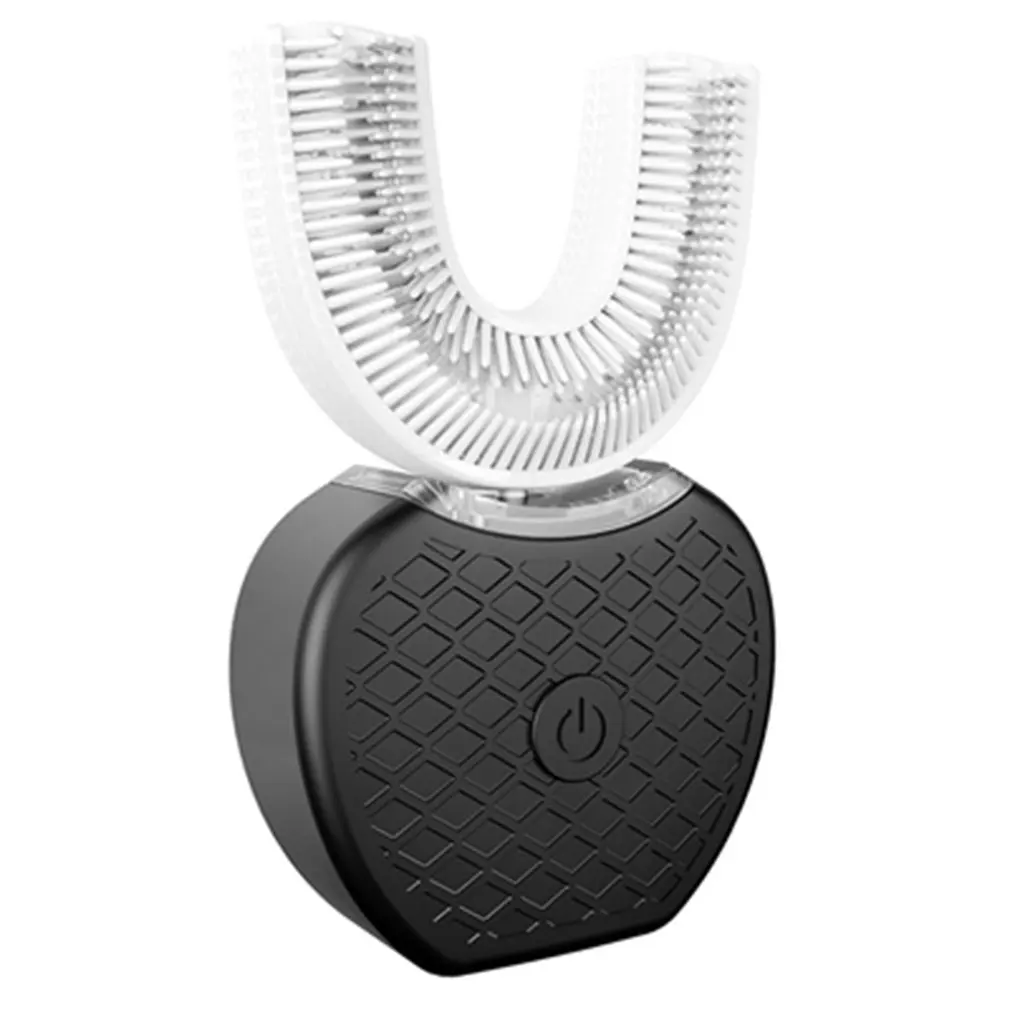 Recommendations for Optimal Use
Recommendations for Optimal Use
When adopting a u-shaped electric toothbrush, following guidelines for optimal use is key. This ensures both effectiveness and longevity of the device.
Best Practices for Daily Use
To maximize the benefits of your u-shaped electric toothbrush, consider these daily practices:
- Use the brush for 10 to 30 seconds per jaw, as advised. This will help cover all tooth surfaces.
- Apply gentle pressure and slight chewing motions to enhance bristle contact.
- Move the brush side-to-side to reach the back teeth effectively.
- Incorporate traditional brushing or dental floss into your routine to clean between teeth and along the gum line.
- Clean your tongue with a standard brush head or tongue scraper to maintain fresh breath and overall oral health.
Maintenance and Care
Proper maintenance of your u-shaped electric toothbrush is crucial for hygiene and durability:
- Rinse the brush head thoroughly after each use to remove toothpaste and debris.
- Let the brush head air-dry in an upright position to prevent bacterial growth.
- Replace the u-shaped head as recommended, typically every three to four months.
- Store the device in a clean, dry place away from direct sunlight.
- Check for wear and tear regularly and replace any damaged parts immediately.
By following these best practices and maintenance guidelines, you can ensure that your u-shaped electric toothbrush remains a valuable part of your oral care routine. Stay consistent, and don’t hesitate to consult with a dental professional if you have questions about using this innovative dental tool.
Alternative Brands and Options
While considering a u-shaped electric toothbrush, exploring different brands and options is important.
Comparisons and Market Alternatives
The market offers a variety of u-shaped toothbrushes, each with distinct features. The Y-Brush, mentioned in the reference blog, is an example that combines a traditional sonic brush head with the u-shaped design for a more comprehensive clean. Other brands, like the Symplbrush, offer additional features, such as bristles on three sides of the tray. It’s wise to compare these different models and their offerings.
Look at the bristle arrangement, the type of cleaning technology they use (vibration or sonic), and their compatibility with various toothpaste types. Also, consider the size and comfort, as some may fit better than others, especially if the brush is for children or adults with smaller mouths.
Cost-Effectiveness and Value
The value of a u-shaped electric toothbrush goes beyond its price tag. Evaluate the long-term costs, like the frequency of replacing brush heads and the price of new heads. The Y-Brush suggests head replacements every four months, which can add to the cost. However, the potential time savings and convenience may offset these expenses for busy individuals or those with mobility challenges.
Consider the durability and warranty offered by the brand. This can affect the overall cost-effectiveness of your purchase. A cheaper brush might need more frequent replacements, whereas a more expensive one may last longer and perform better. Balance initial costs with long-term benefits to determine the best investment for your oral health.
In conclusion, numerous alternatives exist when shopping for a u-shaped electric toothbrush. Compare, consider cost factors, and ultimately choose a brush that meets your needs, offers value, and maintains your dental health effectively.
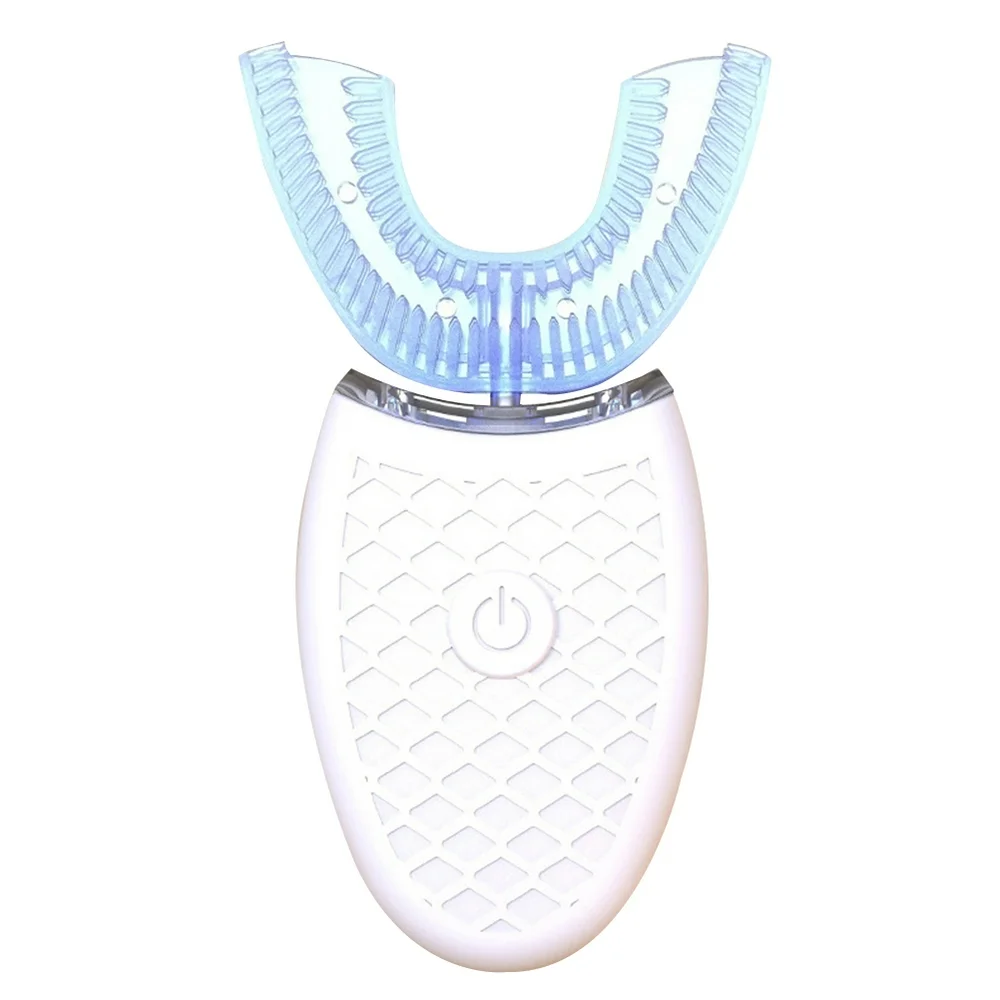 Conclusion
Conclusion
Assessing the Revolutionary Impact
The introduction of the u-shaped electric toothbrush marks a significant innovation in dental care. This type of brush simplifies the traditional brushing process, potentially transforming daily routines for various users. It improves accessibility and efficiency, particularly benefiting those with mobility issues or very busy lifestyles. However, while the u-shaped toothbrush offers broad cleaning, it may not entirely replace traditional toothbrushes due to concerns about thorough plaque removal and gum line cleaning.
Future Prospects in Dental Technology
Looking ahead, the development of u-shaped electric toothbrush technology appears promising. Manufacturers may focus on enhancing cleaning efficiency and coverage, perhaps by varying bristle arrangements or incorporating advanced technologies, such as AI for personalized cleaning routines. As these improvements evolve, u-shaped toothbrushes could become more appealing to a wider audience, further solidifying their place in dental hygiene routines. Continued innovation will likely lead to even more effective and user-friendly designs, shaping the future of oral health technology.




